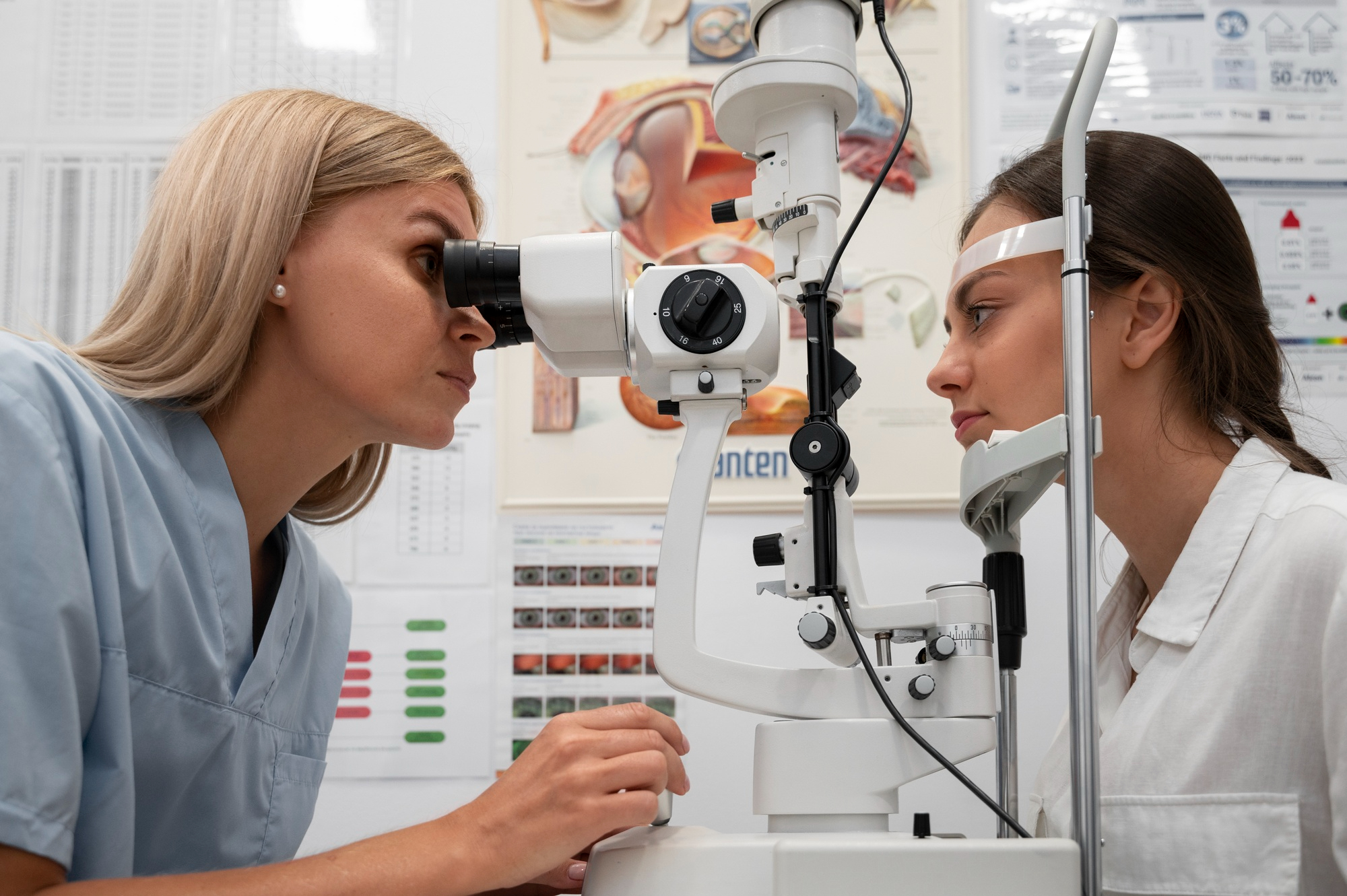
Introduction
Dry eye disease is one of the fastest growing areas in eye care and presents a significant opportunity for both clinical improvement and practice growth. For many ophthalmologists and optometrists, creating a focused dry eye treatment program can be a turning point for the practice. It improves patient outcomes and builds a sustainable source of revenue. However, success requires more than just purchasing the latest devices. It demands patient specific protocols, efficient workflows, and a strong commitment from staff through education and engagement.
This article shares insights from leading dry eye experts on practical treatment protocols, equipment choices, and scheduling strategies that can help your practice build and grow a dry eye program successfully.
Why Dry Eye Care is an Important Practice Pivot
Many practices have seen fluctuations in traditional revenue streams from exams and glasses sales. Dry eye treatment offers a valuable way to diversify income and deepen patient relationships.
- Dry eye disease requires ongoing care and multiple treatments, creating repeat visits and steady revenue.
- Treatment options such as intense pulsed light therapy, thermal pulsation, and radiofrequency devices can be integrated into standardized care protocols.
- Practices focusing on dry eye have reported significant revenue increases, even during times when exam volume slows.
- Beyond revenue, dry eye treatment positions your practice as a leader in ocular surface disease and improves patient satisfaction.
Patient Specific Protocols: One Size Does Not Fit All
A clear message from experts is that dry eye treatment must be customized to each patient.
- Typically, a series of four intense pulsed light treatments are recommended. Some practices add thermal pulsation treatments after the third session for enhanced results.
- Radiofrequency treatments are often introduced at the third or fourth visit, combined with intense pulsed light therapy.
- Patients with significant inflammation or corneal staining may require more frequent visits and adjunct therapies such as amniotic membrane treatments.
- It is important to time treatments carefully around patient lifestyle factors, such as sun exposure, because of post-treatment sun sensitivity.
This flexible approach helps ensure treatments are effective, personalized, and improve patient adherence.
Equipment Choices: Practical Considerations
Choosing the right technology can feel overwhelming. The advice is to start simple, standardize diagnostics, and expand as your program matures.
- Meibography is essential for dry eye diagnosis and monitoring. Whether with a new device or an add-on camera to your slit lamp, consistent imaging helps track gland health objectively.
- Automated treatments like thermal pulsation systems allow staff to perform treatments efficiently with less provider time.
- Tear care systems that require manual gland expression take more staff time and may not be as efficient.
- Renting devices such as thermal pulsation systems can be cost effective since the main costs are monthly rental fees and consumable applicators which generate revenue.
Start with reliable diagnostics and efficient treatments then add advanced technology once your workflow is established.
Workflow and Scheduling: Maximize Conversion and Efficiency
Efficient scheduling and workflows are key to building a successful dry eye program.
- Avoid mixing comprehensive exams, glaucoma follow ups, and dry eye evaluations in the same schedule blocks. Instead, dedicate specific half days or afternoons exclusively to ocular surface evaluations or treatments.
- Staff training with clear patient communication scripts improves the patient experience and treatment acceptance.
- Automate patient communication and reminders using platforms like Hoot to increase patient adherence and satisfaction.
Keeping your team and schedule aligned helps maintain momentum and improve patient conversion rates.
The Business Case: Dry Eye as a Profit Center
Dry eye care is not only clinically important but financially valuable. Practices have seen revenue growth even with fewer exams, driven by repeat treatments and patient loyalty.
Investing time in patient education, workflows, and technology selection leads to higher retention. This also frees providers from competing on eyewear sales and supports sustainable practice growth.
Final Tip: Just Do It
The best advice from experts is to stop hesitating and start implementing your dry eye program.
- Get your team engaged.
- Choose your equipment and protocols.
- Make a clear plan and stick to it.
- Don’t wait for the perfect instrument. Start with what fits your practice now.
With commitment and a good process, you can build a thriving dry eye specialty that benefits your patients, staff, and practice.
Take the Next Step
Ready to grow your dry eye practice? Discover how Hoot’s marketing automation and patient communication platform can help you implement and expand your dry eye program with ease. Visit gethoot.com/dry-eyes today to book a demo and see how we can support your practice.
